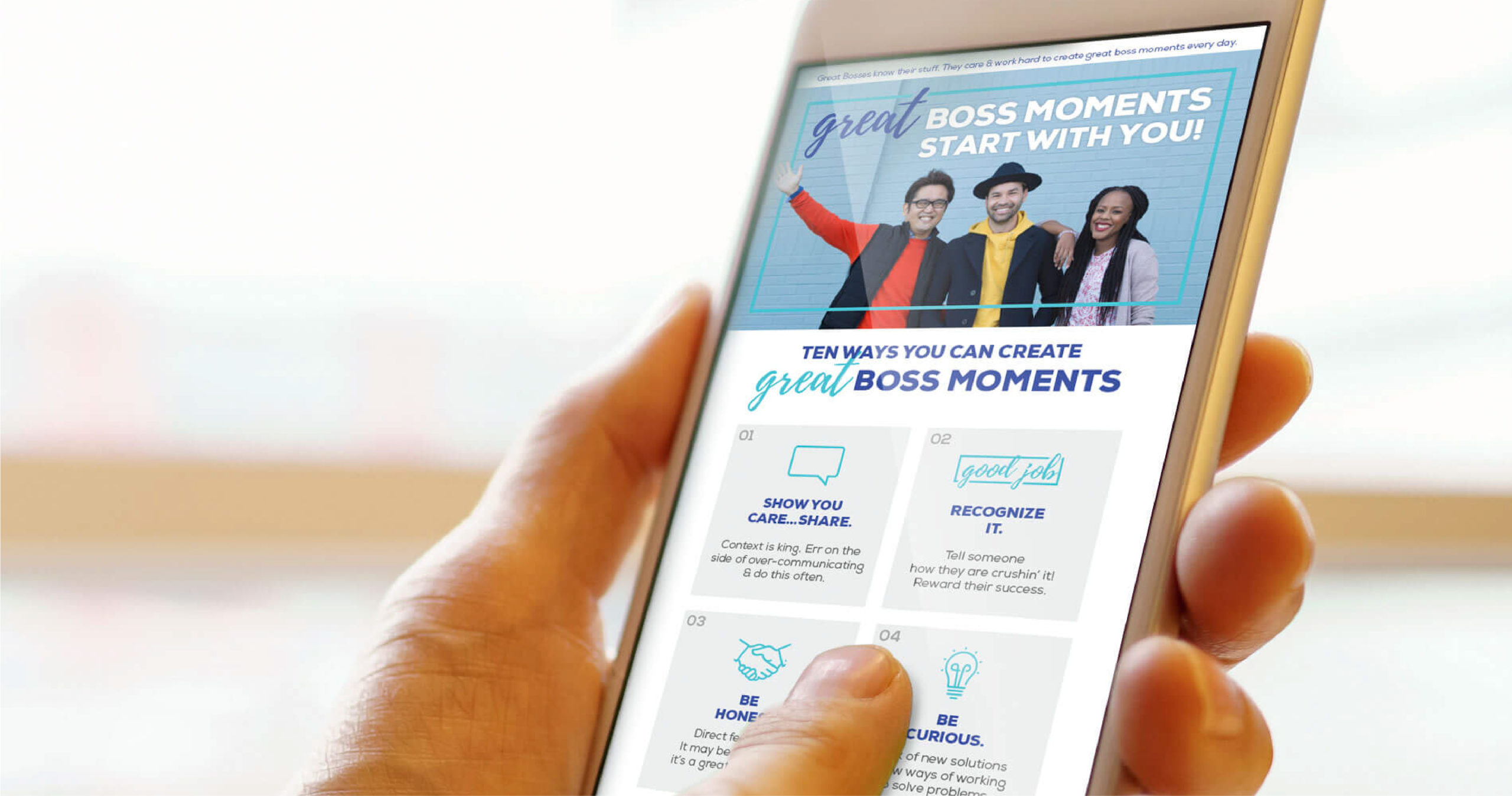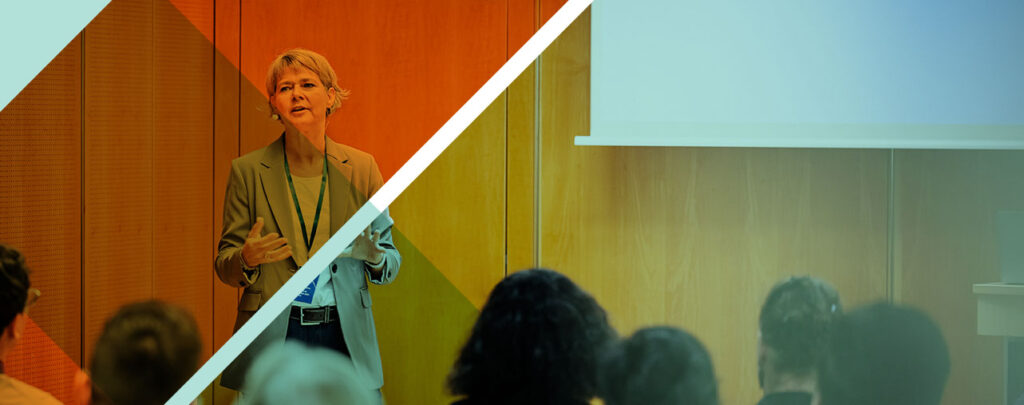Four best practices to boost the employee experience


- Author: Greg Stewart
The employee experience is a powerful driver for creating impactful change in any organization. In our work with clients over the years, we’ve seen how taking a forward-thinking and creative approach to improving the employee experience can inspire, educate and engage employees.
Thankfully, there are many paths to creating a positive employee experience. Here are four best practices that can advance your EX initiatives now and into the future:
Build a culture of inclusion and belonging
When employees have experiences that help them feel like they belong, they view their work and the organization differently. Research by BetterUp found that employees with a strong sense of belonging have higher performance, fewer sick days and are 167 percent more likely to recommend their organization as a great place to work.
Of course, how you build a sense of belonging among your employees will take different forms, depending on your culture and goals. For example, we worked with TD Bank to support their goals for a culture of inclusivity, and created a guide to help employees embrace and support Individuals with Diverse Abilities (IwDA). You can also consider taking the following actions:
- Celebrate and embrace diverse employee voices, perspectives, and experiences through communities of inclusion
- Launch an employee communications initiative to help employees understand their role in building a culture of inclusion
- Offer benefits and flexible work schedules to demonstrate an awareness of different employee work-life balance needs
Go beyond traditional benefits to total employee wellness
In the last year, many people have faced a combination of pandemic-related job loss, COVID-19 health concerns and feelings of stress and burnout. As a result, it has become clear that benefits designed to address the whole employee—including their mental health and financial wellness needs—can play a more prominent role in helping employees to be productive and engaged at work.
In a recent Care.com report on the future of benefits, 57 percent of surveyed HR and C-suite leaders said they were planning to offer new or expanded benefits in areas such as mental health support and childcare benefits. As employee needs and expectations continue to evolve, your organization may benefit from taking a fresh approach to supplemental benefits. You may consider offering the following:
- Emergency savings accounts
- Critical illness insurance
- Stipends to help cover expenses related to childcare, eldercare, and other services
- Financial planning resources
- Mental health days
Enhance workplace flexibility
While flexibility in the workplace is nothing new, it has taken on new meaning ever since a record number of employees shifted to remote work during the pandemic. After a year of working from home, permanent remote and hybrid arrangements are becoming commonplace ways to give employees more flexibility in deciding how and where they work.
As more employees work flexible arrangements, managers will need to play a critical role in supporting the employee experience. They can set an example for work-life balance and take steps to keep the people on their team connected. In our ongoing work with eBay, we developed digital branding and other tools to help managers hire and onboard employees remotely. By creating resources that support the remote candidate and employee experience, we’ve also seen how such tools provide hiring managers and HR teams with added flexibility to keep the business moving from any location.
Empower the workforce
By providing employees with helpful tools and support, you empower them to take an active role in shaping their experiences at work. A 2020 report by the OC Tanner Institute found when employees are empowered to take ownership, make decisions, and lead, they experience an 88 percent increase in their sense of opportunity at work and a 78 percent increase in engagement. And while empowerment can benefit all employees, studies show Millennials and Generation Zers particularly value it.
Our work with clients has enabled us to create a range of tools and programs to empower workforces across multiple industries and geographies. We have designed employee survey programs, virtual meeting formats and workforce presentations—all intended to give employees clear access to resources for learning, promotion and long-term development. For example, we worked with Gap Inc. to develop an internal program aimed at empowering employees to build their leadership competencies.
Surely the future holds many new opportunities to enhance the employee experience. But by taking advantage of current EX trends and considering their application in your organization, you can unlock new avenues to higher employee engagement and performance.


